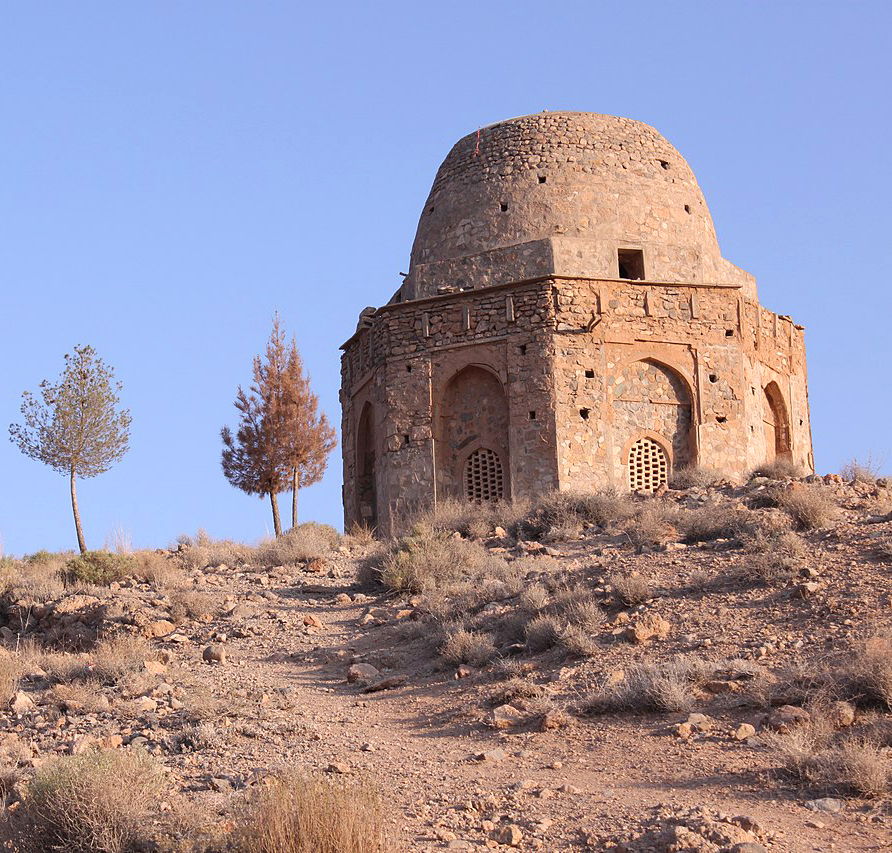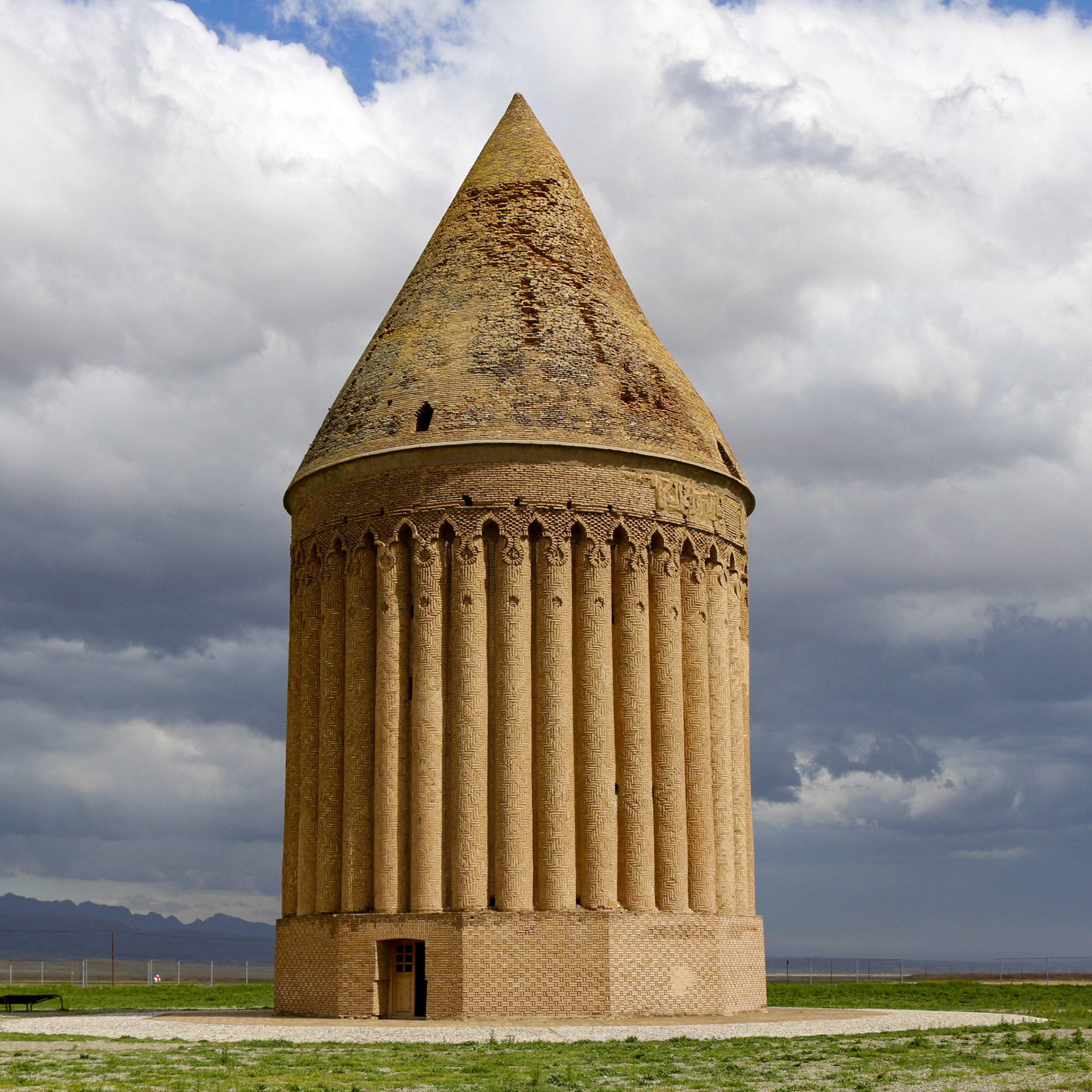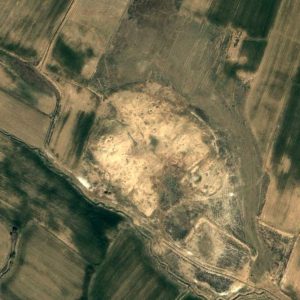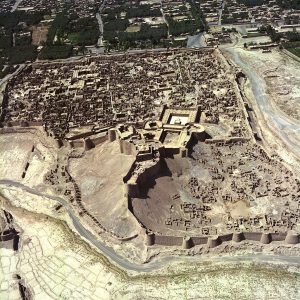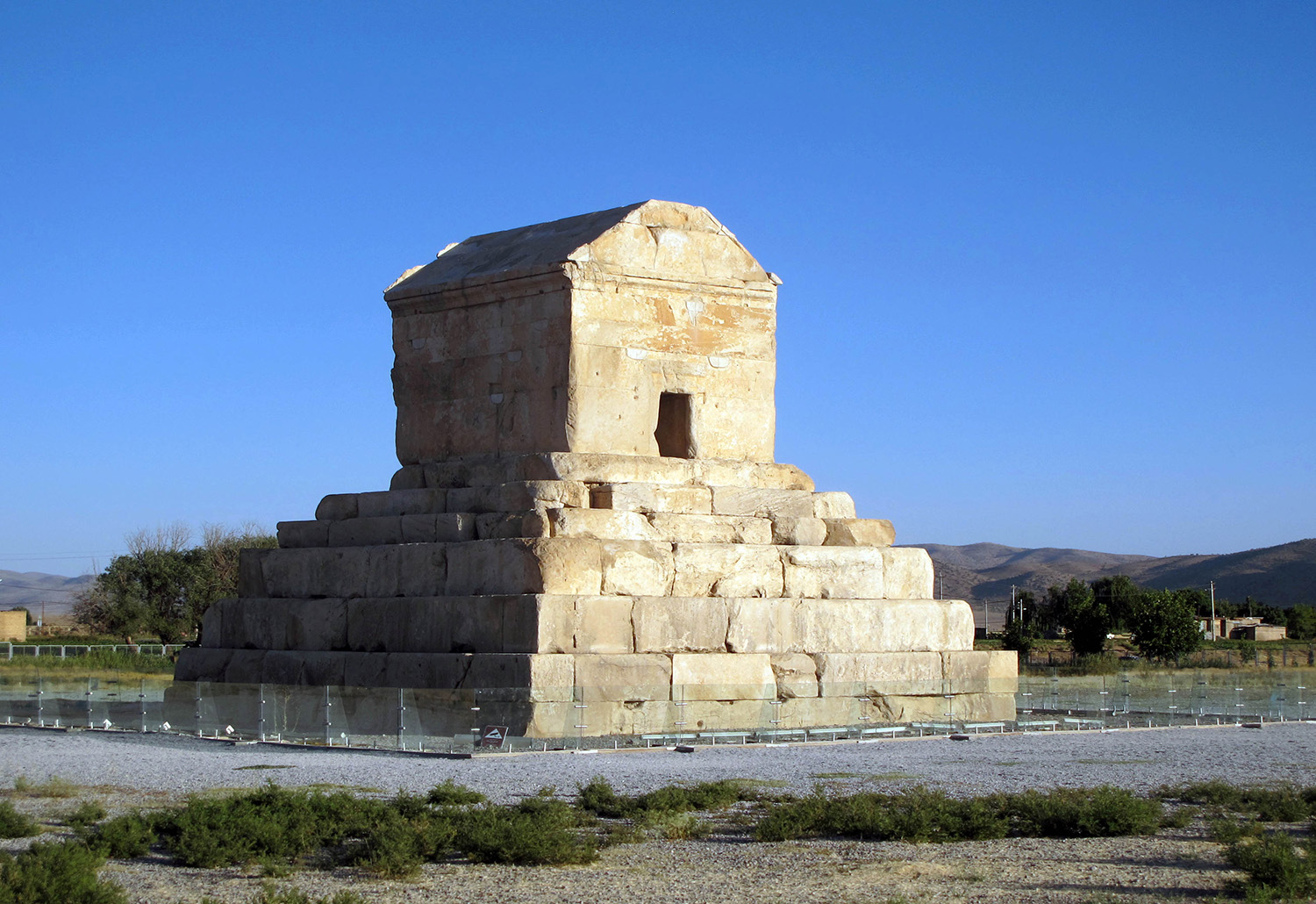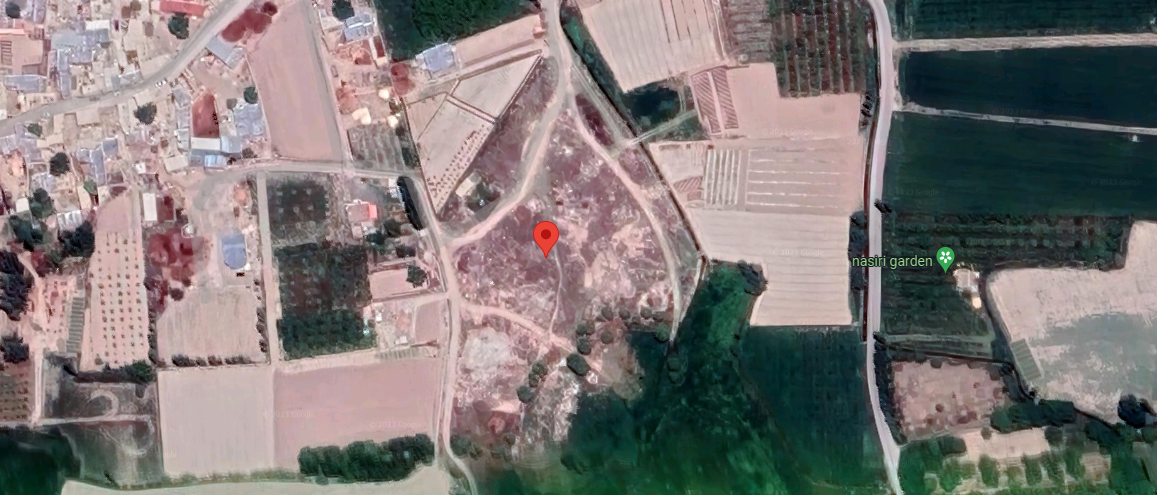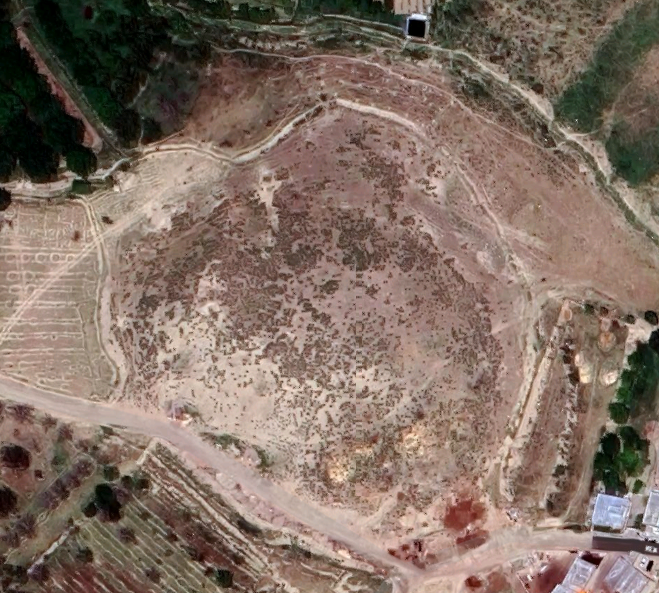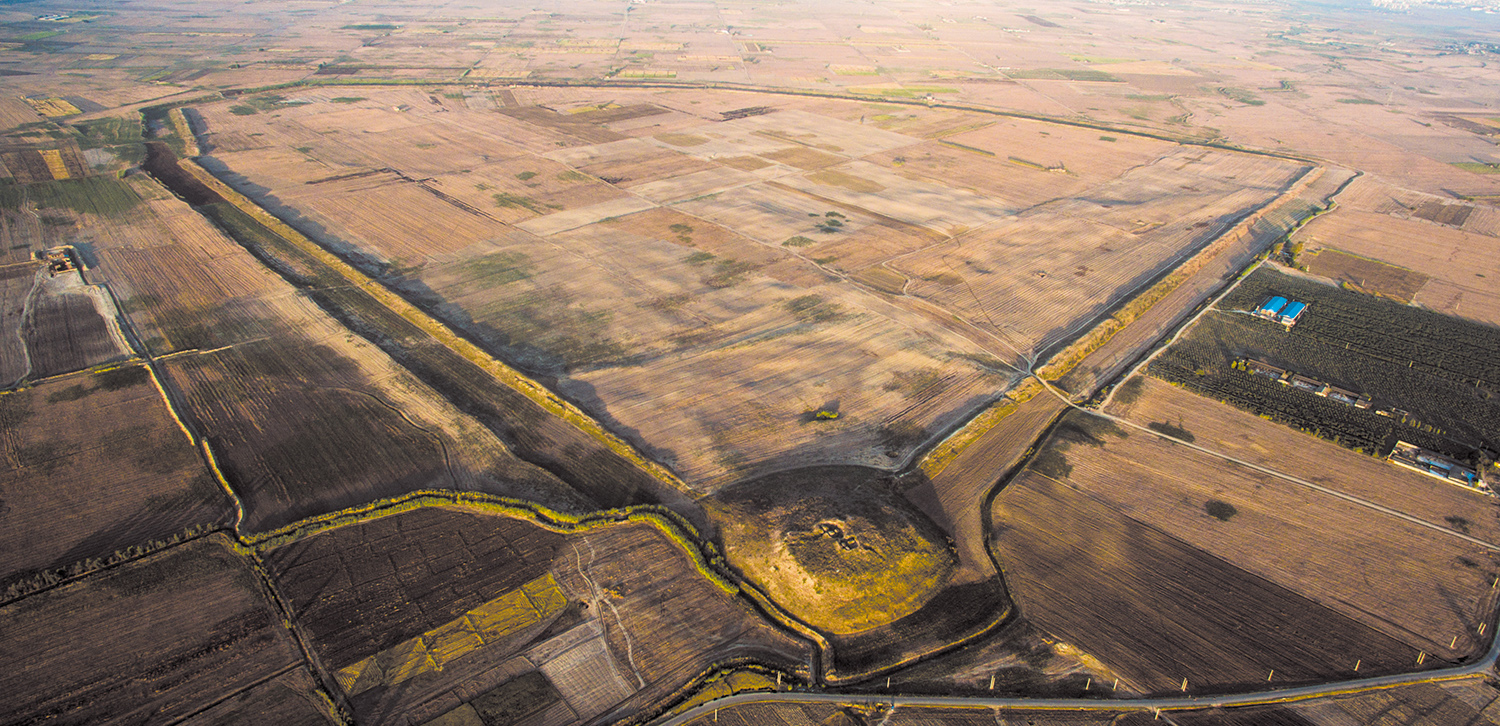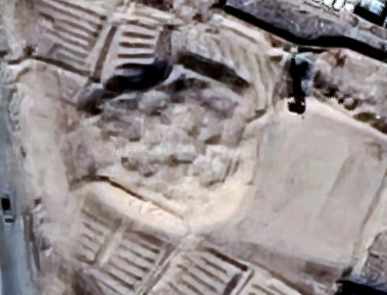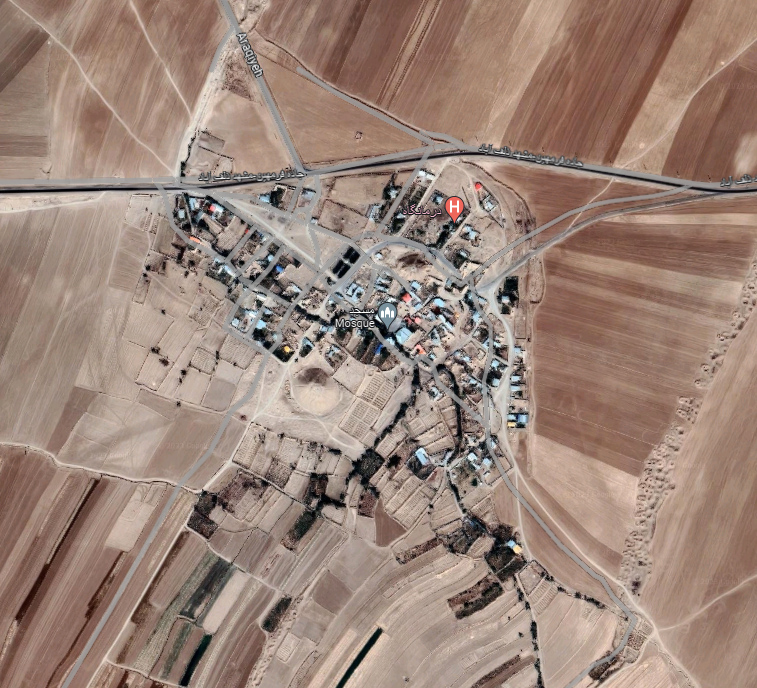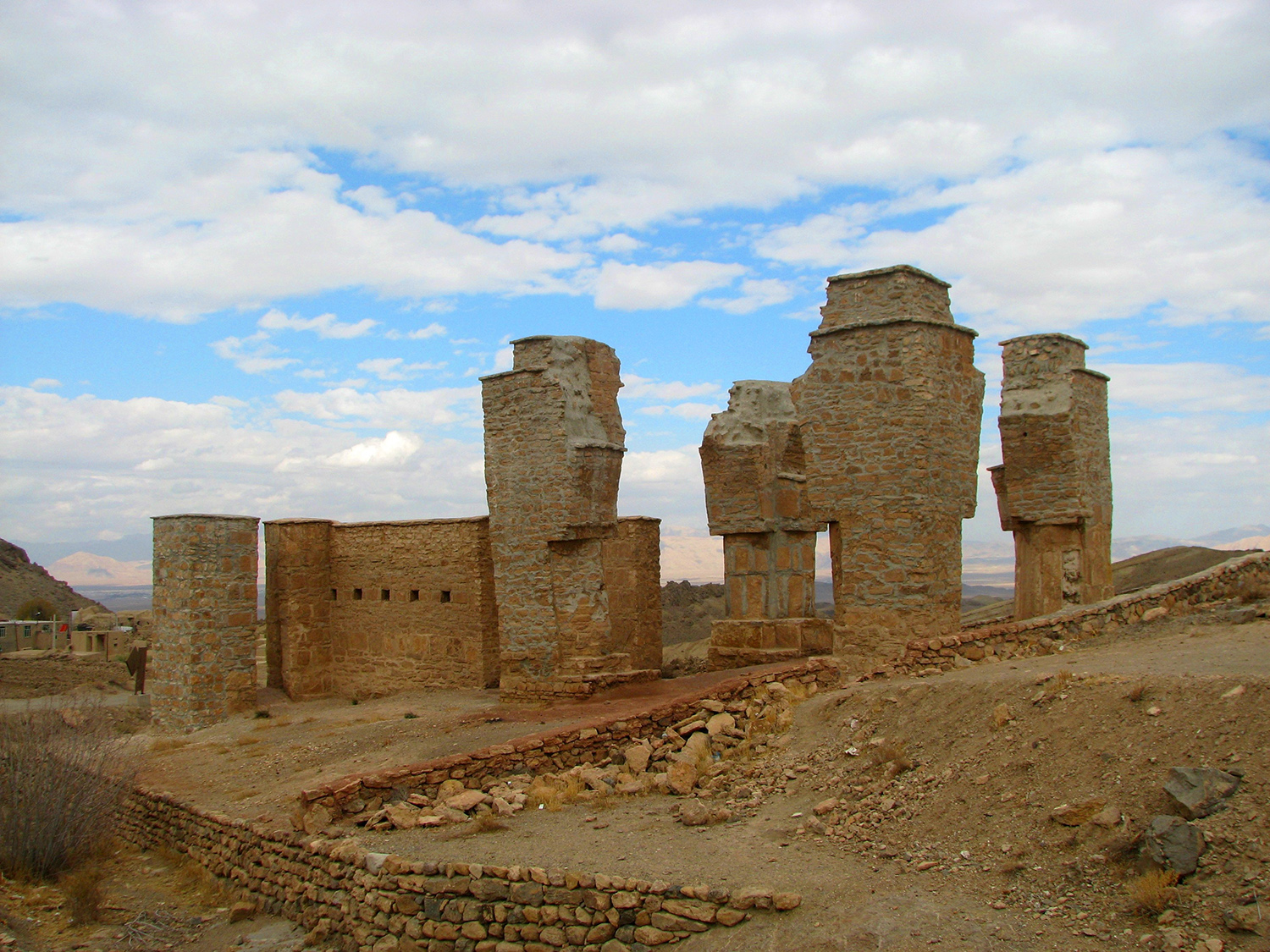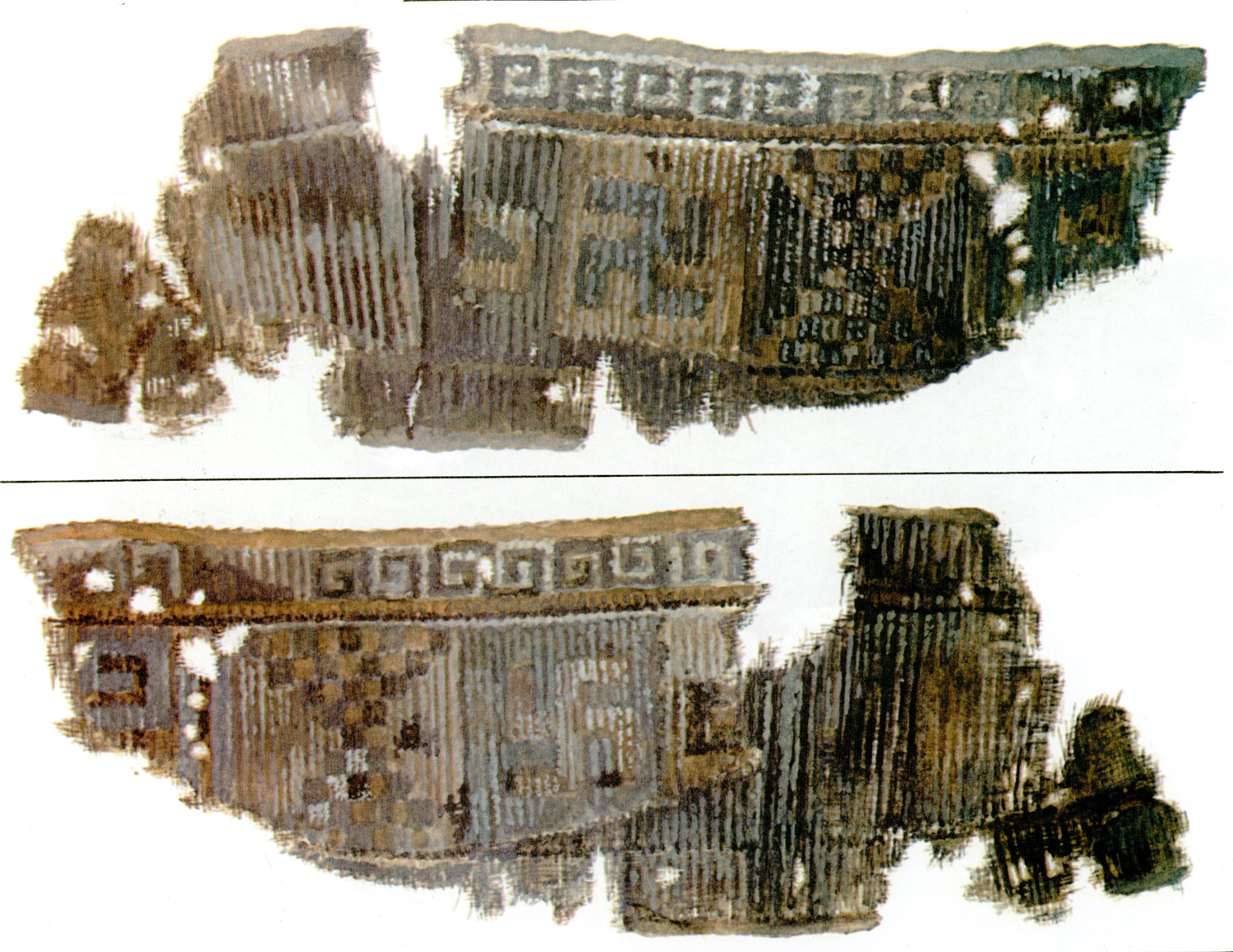Narges Tepeنرگس تپه
Location: Narges Tepe is located 35 km north of the city of Gorgan, in northeastern Iran, Golestan Province.
36°54’36.6″N 54°24’10.3″E
Map
Historical Period
Chalcolithic, Bronze Age, Iron Age, Achaemenid, Islamic
History and description
Narges Tepe is located 7 km north of the city of Gōrgān, in an area later occupied by the Gōrgān airport. The mound measures 126 x 90 m with a height of 5 m above the surrounding area. Most of the mound was destroyed by farming activities and airport construction in the early 2000s. The archaeological excavations at the site revealed four occupation periods ranging from the late Chalcolithic to the Safavid period.
Period IV: Based on the ceramic finds, this period, contemporaneous with Hissar Ic, has been dated to the early fourth millennium B.C.
Period III: An Early Bronze Age settlement with architectural remains in chineh (pisé) that includes four rooms with floors and walls in beaten mud covered with a layer of ocher plaster. There are traces of hand impressions on the walls. Burials have been found inside houses. A total of 37 graves were in Period IIIc. In IIIb1-2, no significant architectural remains were found. Only seven burials have been found during this phase. The settlement was abandoned during IIIc (contemporary with Hissar IIIc) when two graves were uncovered. A gap exists between NP IIIc and the re-occupation of the site in the second millennium B.C. Period II has been dated to the late Iron Age period. Architectural remains of this period consist of the re-used construction materials of the earlier period, including walls in chineh and mud-brick, fragmentary floors in beaten mud, and hearths. The presence of Achaemenid pottery suggests an occupation, at least, between 500 B.C. and 330 B.C. The excavation of Period II yielded 27 graves. Period I has been dated between 1500 and 1900 where part of the site was used as a cemetery. There are two brick-making kilns with fragments of glazed pottery and glass.
Archaeological Exploration
Narges Tepe was first discovered during the archaeological survey of the Gorgan Plain by a team from the University of Hiroshima in 1976. The site archaeological site being in the proximity of the Gorgan airport was the object of rescue excavations in 2004 and 2006 by an Iranian team under the direction of Qorbanlai Abbasi on behalf of the Iranian Cultural Heritage and Tourism Organization's local branch in Goragn.
Finds
Excavated finds include pottery, painted and plain, and also the second millennium B.C. Grey Ware, Iron Age II Grey Ware, Achaemenid pottery, Islamic 12th-13th century sgrafiato, Islamic glazed pottery; bronzes (weapons, utensils, vessels), clay figurines, beads, weighing stones, spindle whorls, and grinding stones,
Author: Ali Mousavi
Originally published: January 12, 2023
Last updated: January 13, 2025








